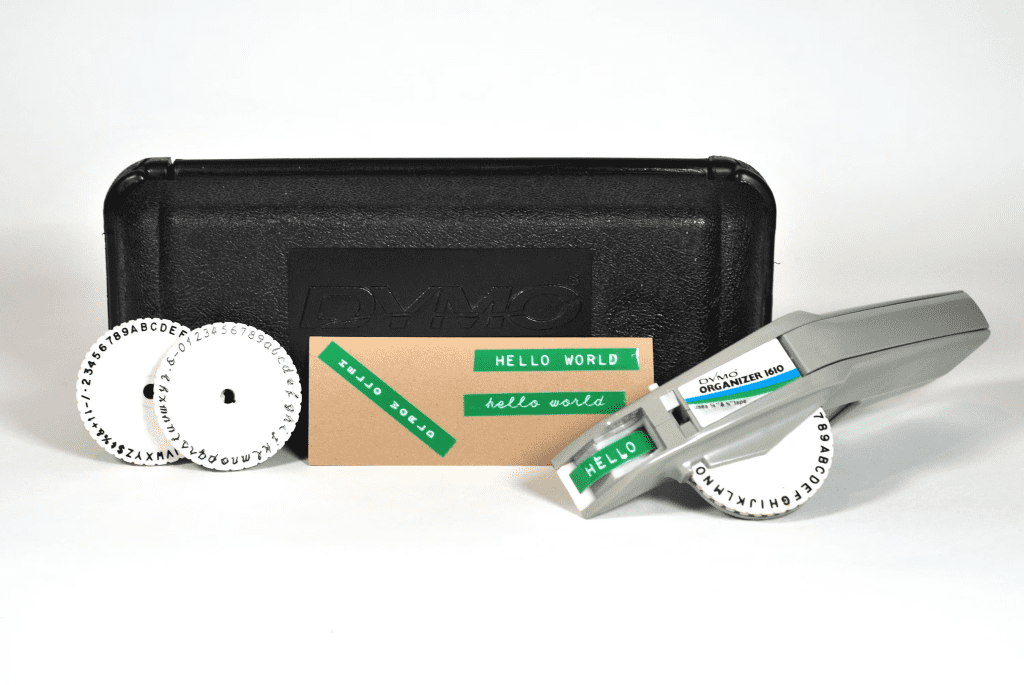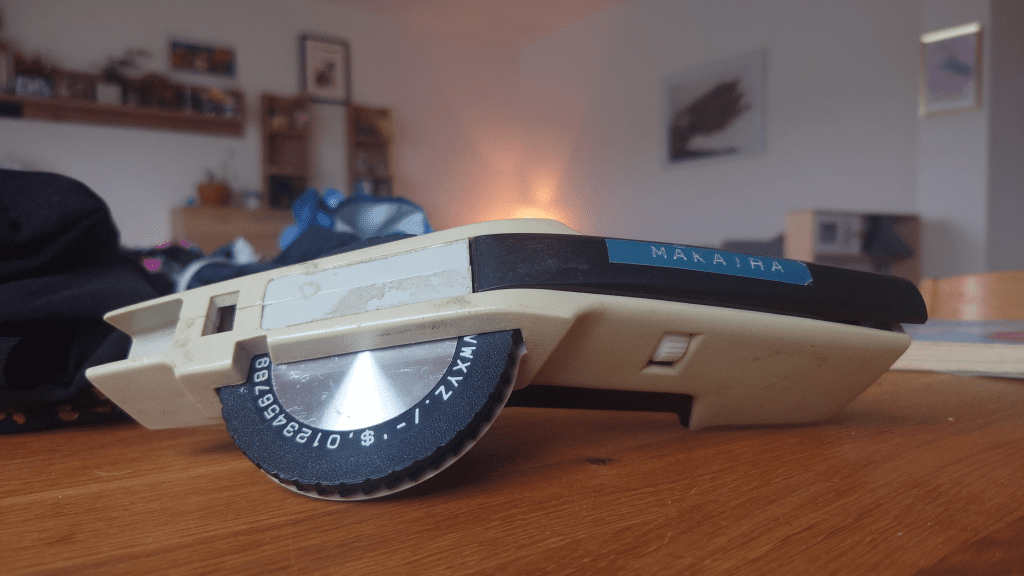The Fascinating History and Evolution of Label Makers
Label makers have long been essential tools for organization and communication, dating back centuries. From ancient methods to modern digital systems, their evolution has been remarkable. This article delves into the compelling history of label makers, examines their origins, and explores their growth during the industrial and digital ages.
Label Makers in Ancient Times

Long before digital advances, ancient civilizations created methods to mark and label items. The process was labor-intensive, often involving engraving or carving labels into stone, clay, or wood. These labels were used to identify ownership and contents, crucial for trade and commerce. Despite limited customization, these practices laid the groundwork for modern labeling systems.
The Rise of Industrial Label Makers
The Industrial Revolution spurred significant advancements in manufacturing, increasing the demand for efficient labeling solutions. Hand-labeling couldn’t keep pace with mass production, leading to the development of industrial label makers. These machines, built for high volumes, enhanced accuracy and speed. Automation reduced errors and boosted productivity, enabling businesses to streamline operations and meet market demand.
Innovations in Label Making Technology
The continuous evolution of technology has led to remarkable advancements in label makers. Digital label printers revolutionized the industry with high-quality, customizable labels produced rapidly. Techniques like inkjet and laser printing allowed for intricate designs on various materials, aligning with business branding needs. Label printing software has further simplified the process, offering templates and barcode integration for effective inventory management.
The Impact of Label Makers on Retail and Packaging Industries

In retail, labels are critical for providing product information such as prices, ingredients, and barcodes. They simplify customer decisions and ensure compliance with regulations. For manufacturers, clear labeling enhances brand reputation and consumer trust. Efficient label printing reduces errors, streamlining production lines and inventory management.
The Evolution of Label Makers in the Digital Age

The digital age has transformed label makers into sophisticated tools. Today’s machines produce highly detailed labels effortlessly. Wireless and mobile connectivity, coupled with smartphones and tablets, allow users to design and print labels on the go, enhancing real-time adjustments.
Label Makers in the Modern Workplace

In modern workplaces, label makers have become essential organizational tools. They help label files, folders, and storage spaces quickly and professionally. By saving time and enhancing productivity, these machines maintain order in offices, schools, warehouses, and homes. Customizable options also add efficiency and consistency.
The Future of Label Making Technology

Looking ahead, the future of label making technology promises even greater innovation. With advances in artificial intelligence (AI), machine learning, and data integration, label makers are expected to become smarter and more automated. AI-driven systems could design labels based on product data, adjust for different materials, and self-correct errors in real time. Smart labels with embedded sensors or RFID chips could revolutionize product tracking and supply chain management.
Conclusion
From their origins in ancient civilizations to cutting-edge digital versions, label makers have significantly impacted how we organize, identify, and communicate. Driven by industry demands and technological advancements, their evolution shows no signs of slowing. As we look forward, label makers will continue to enhance productivity, streamline processes, and shape the way we live and work.




